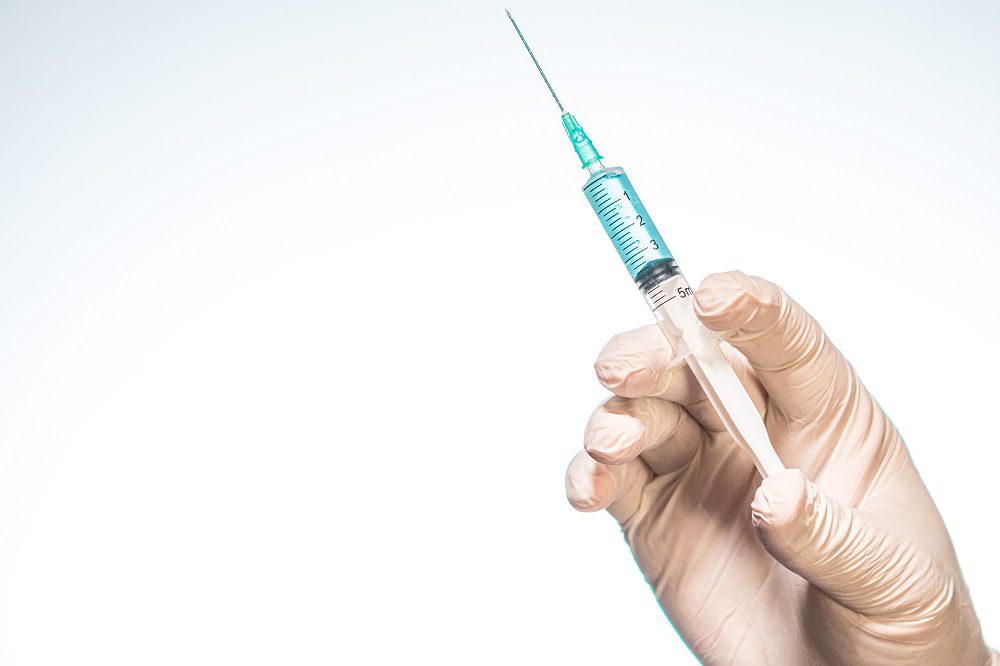Integrated Outpatient Palliative Care Versus Standard Care In Patients With Parkinson Disease And Related Disorders


Parkinson’s disease (PD) affects 1 – 2% of the population above 65 years of age and has consequences on quality of life (QoL). PD and related disorders (PDRD) tend to have additional symptoms contributing to worse prognosis
Recognizing The Risk Loci For Parkinson’s Disease In Asians


Previous studies have identified several familial PD genes such as SNCA and LRRK2 in the European population. However, records of any comparative study to evaluate the extent of genetic risk between the Asian and European
Prevention of Post-Stroke Epilepsy with Double Dose Statin Therapy


One of the major causes of epilepsy is stroke and the incidence of the newly diagnosed, post-stroke epilepsy (PSE) has been found to be 3%−45% in elderly patients. Previous studies have suggested that statin therapy may result
Is Adjunctive Interpersonal and Social Rhythm Therapy Beneficial for Patients with Bipolar Disorder?


Interpersonal and social rhythm therapy in the treatment of bipolar disorder can assist patients in reducing the stressors leading to acute episodes. The ideal treatment for bipolar disorder includes treatment of an episode
Effects of Bipolar Disorder and Valproate Treatment on Striatal Dopamine Transporters


The dopamine transporter regulates the reuptake of extracellular dopamine into presynaptic neurons and its dysfunction could lead to mood and behavior abnormalities as observed in bipolar disorder. Previously conducted
Long-Term Management of Bipolar Disorder Using Paliperidone Palmitate


Bipolar disorder patients demonstrate a high rate of medication non-adherence which ranges anywhere between 20% to 60%. Long acting injectable (LAI) drugs are considered to possess the potential to manage this non-adherence
